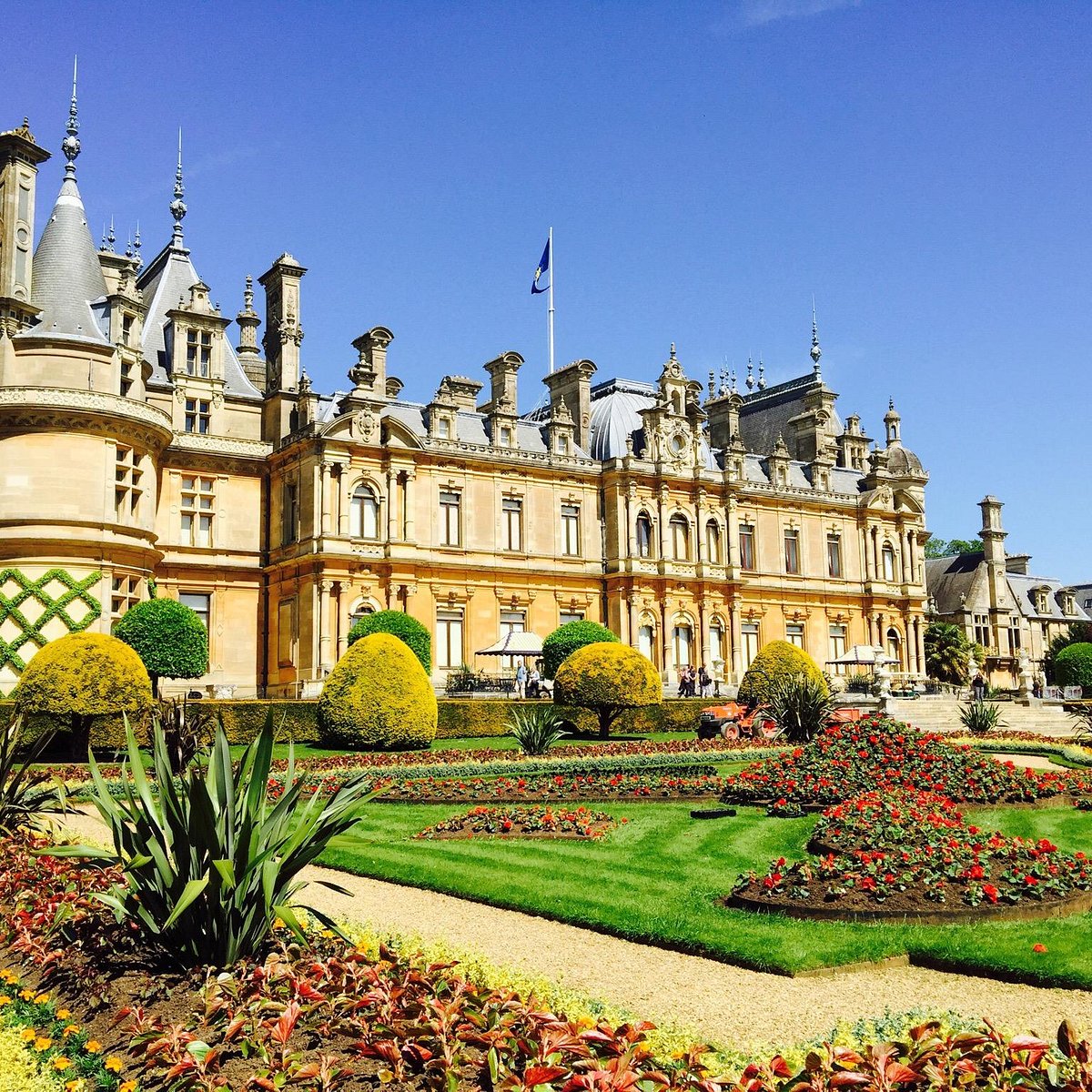The Warwick-Waddesdon Programme
The Warwick-Waddesdon programme promoted the study of the archives and collections at Waddesdon Manor and sought to develop connections between the historians at Warwick and elsewhere, and museum curators. Working with the Waddesdon collections, it developed projects on nineteenth century attitudes to the collection of eighteenth century objects, on the Waddesdon archives about the eighteenth century interior, and on Waddesdon's special collections.
Waddesdon Manor is an historic house open to the public, belonging to the National Trust, jointly administered by a Rothschild charitable trust. Its collection has unique strengths in the arts of eighteenth-century France. The first initiative jointly developed by the Eighteenth Century Centre and Waddesdon Manor was a Leverhulme-funded project, ‘Selling Consumption in the Eighteenth Century: Advertising and the Trade Card,’ directed by Professor Maxine Berg (History) and Helen Clifford (Honorary Fellow). The team has also been successful in applying for a British Academy grant for the project ‘Marvels in the Marketplace: Germanic trade cards at Waddesdon Manor’.
An exhibition based on the trade card catalogue and co-curated by Research Fellow, Dr Phillippa Plock, ran at Waddesdon Manor from March to October 2008, entitled ‘All that glitters: shopping and advertising in eighteenth-century Paris'. The exhibition introduced visitors to Waddesdon Manor’s unique collection of French trade cards. It explored the production of advertising, the imagery of consumption, the types of products on sale, the locations of trades, as well as what it was like to go shopping in Paris in the long eighteenth century.
In October 2008 a new Warwick-Waddesdon initiative will begin when an AHRC-funded Collaborative Doctoral student starts a PhD with Dr Katherine Astbury (French Studies), on French Revolutionary Prints as Spectacle. The project aims to enhance our knowledge and understanding of the notion of spectacle in French Revolutionary prints and their role in the cultural production of the 1790s. In particular it will examine the interrelationship of theatre, politics and visual images during the Revolution. It will also lead to a catalogue of prints held at Waddesdon, thus enabling further research by other scholars.


